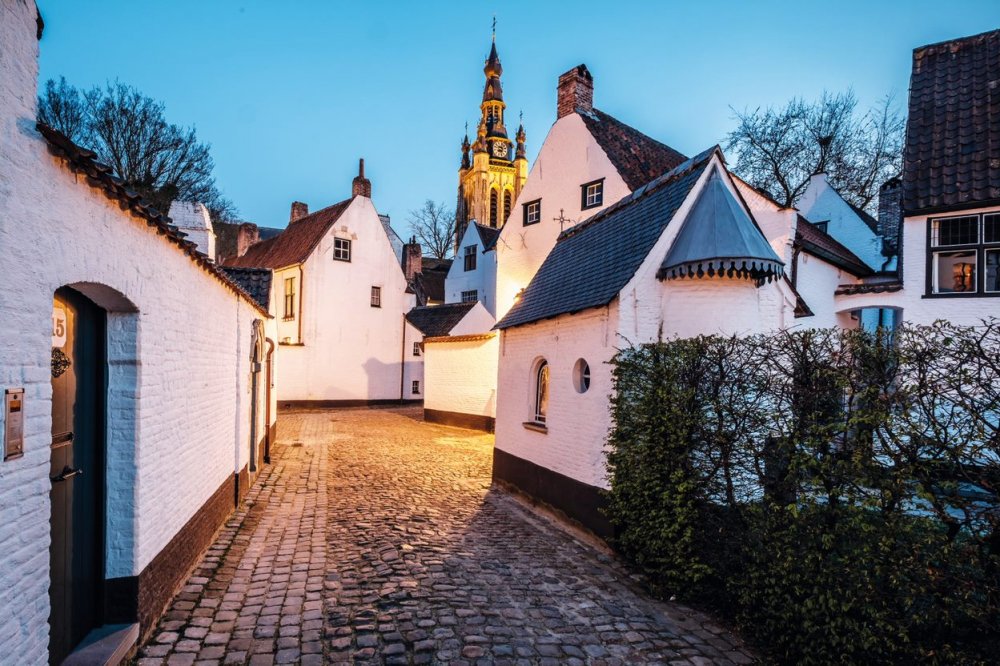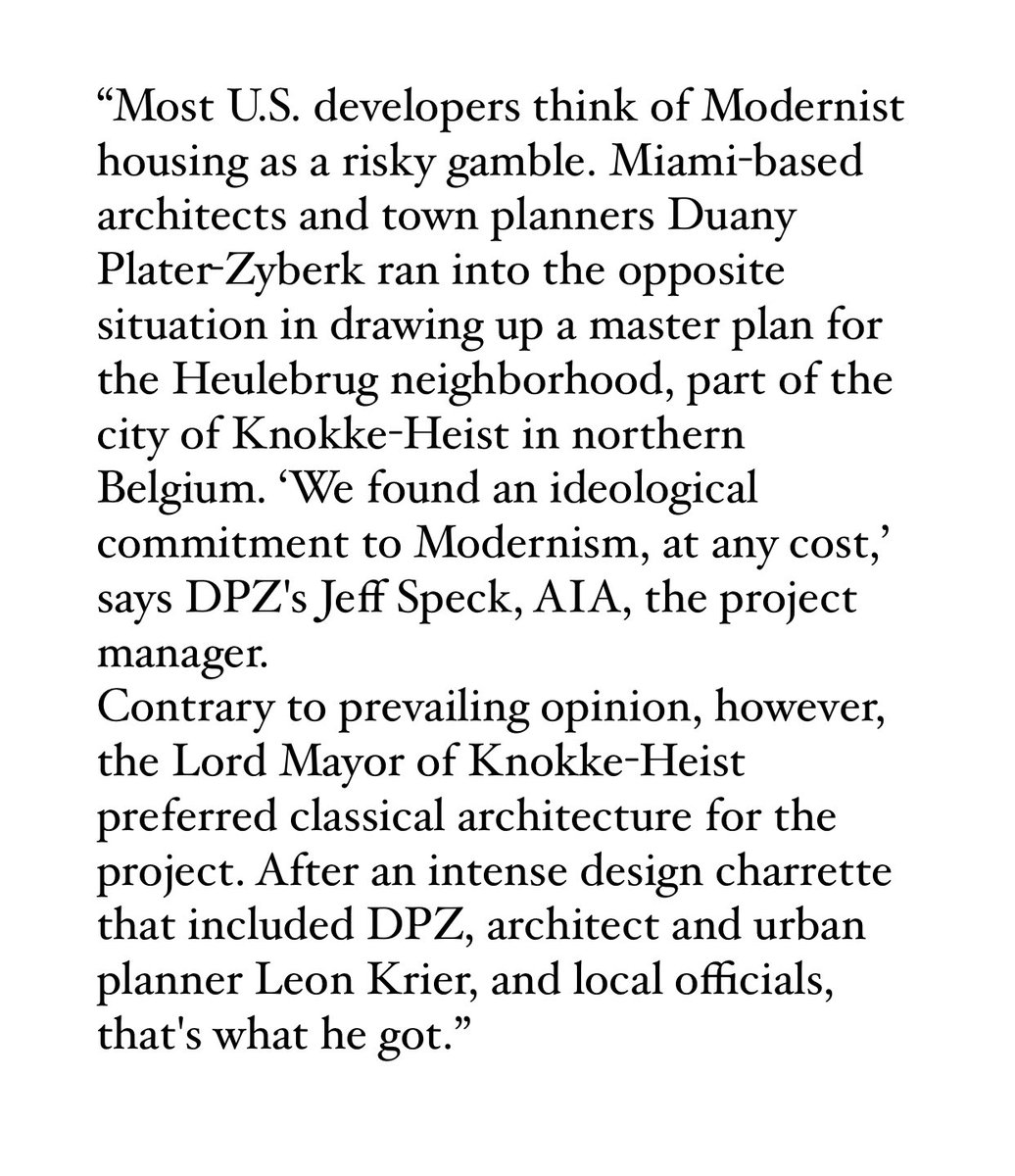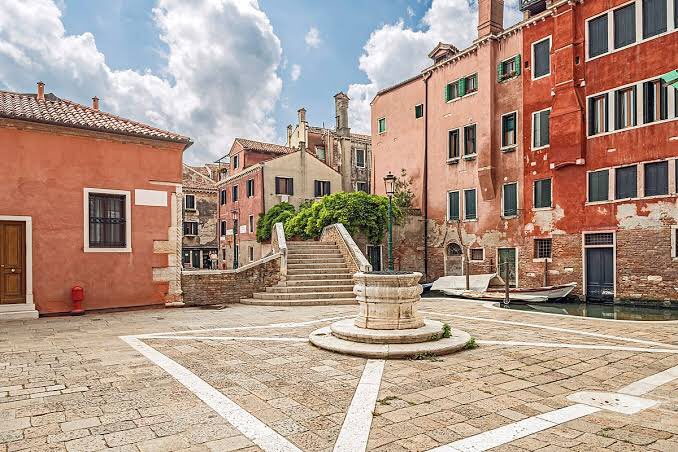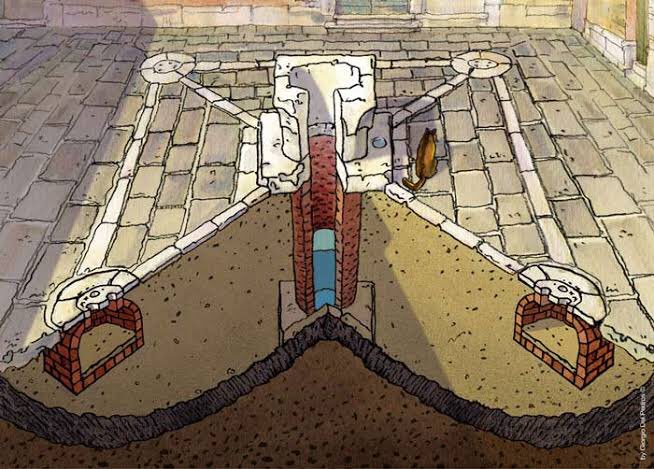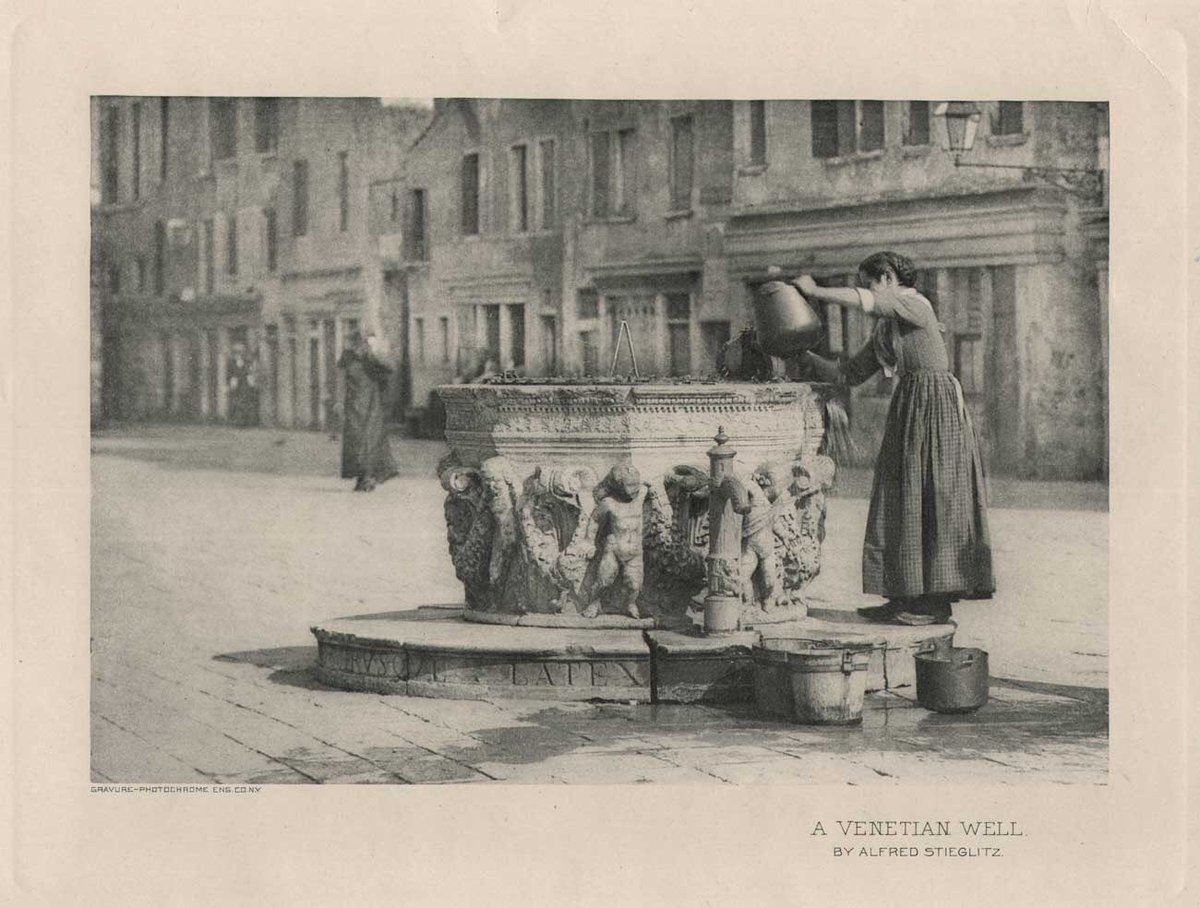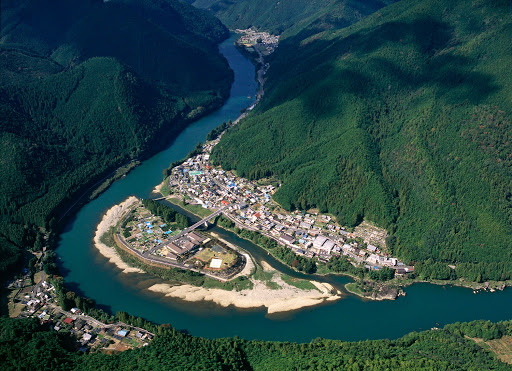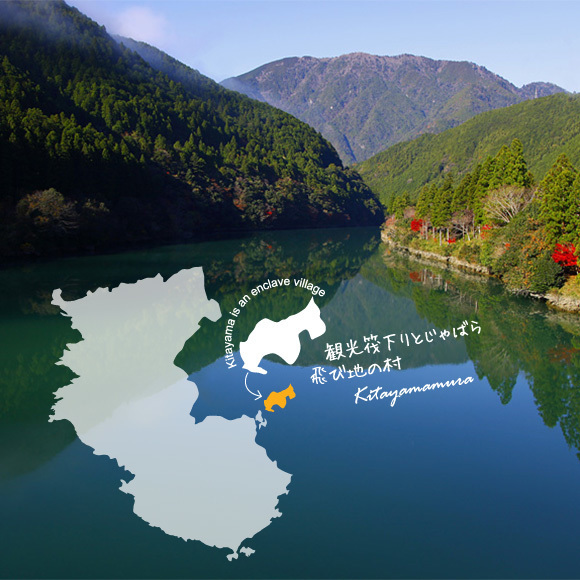
In Japan, the Sawara (Chamaecyparis pisifera) is the poor cousin of its much more famous (and valuable) relative Hinoki. It even gets it name as a comparison to Hinoki, it is soft and light (sawaraka). Slow growing, it takes 200 to 300 years to reach its full height of 35-50m. 


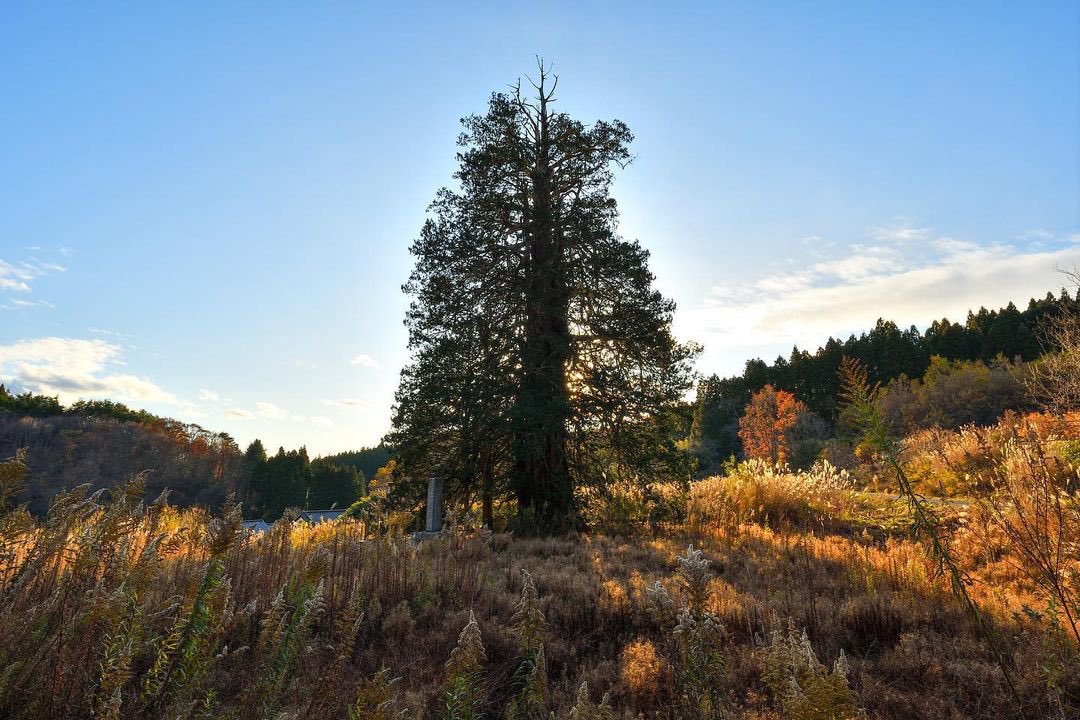
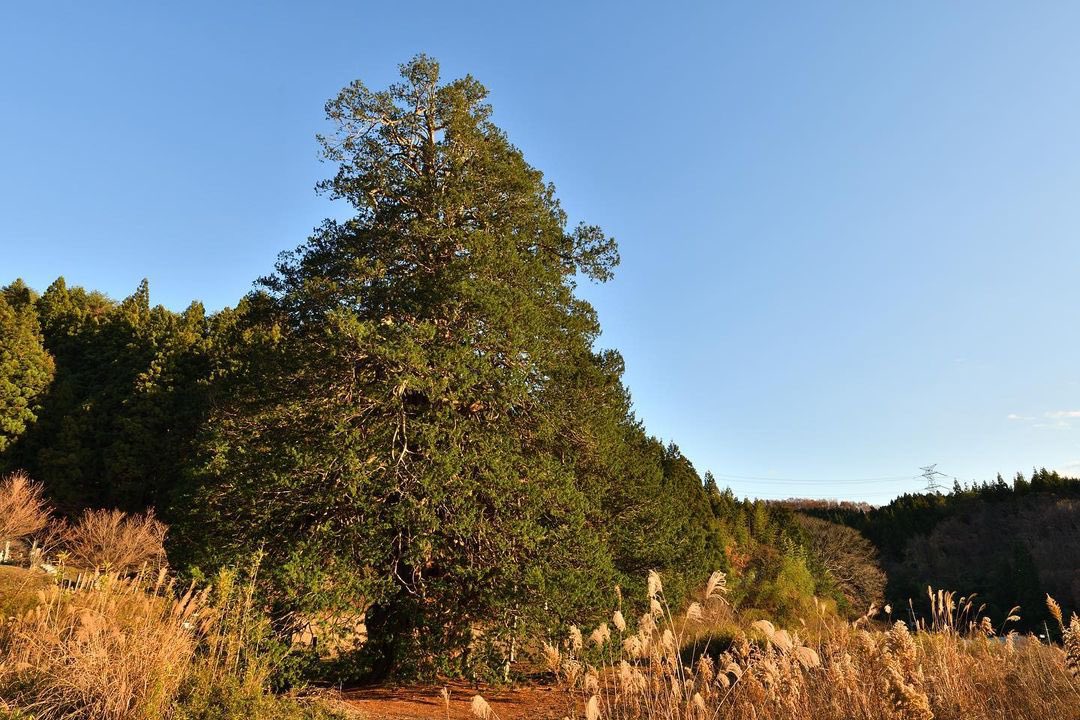
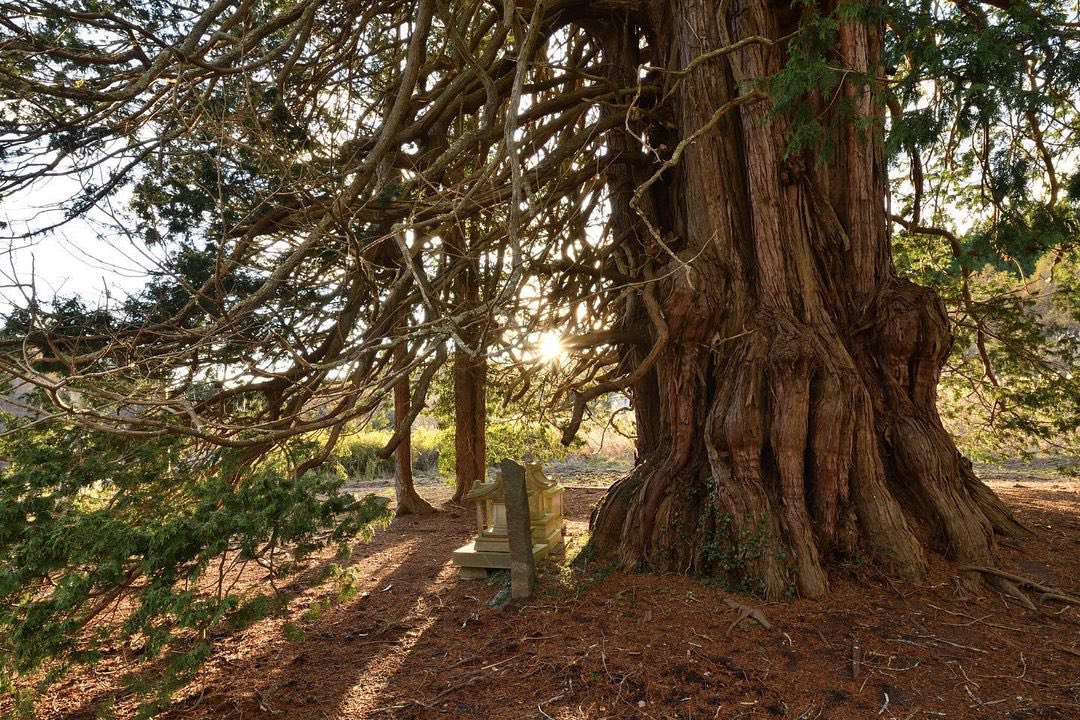
It is tricky to tell the difference, but sawara (right, with a tiny X pattern) has smaller cones and pointy leaves compared to the hinoki (left, with a tiny Y pattern). But if you find it as lumber, Hinoki smells like heaven and Sawara smells a little sour like lemons. 

After the peace of 1600, the need for timber to build Japan's towns and castles grew so rapidly that it threatened to destroy the ecological balance of the entire country. The feudal Owari clan in particular had extensive forestry holdings and saw the urgent need to protect them. 



The solution might seem draconian to us moderns, but it essentially saved Japan from an ecological disaster it might never have recovered from: "one tree, one neck." Clan held mountains were declared of limits, and the penalty for cutting down a tree was death. 

First the most valuable species were protected, then the species that were in any way similar to those (forming the famous five: kisogoki), but in the early 18th century many more species were added. Other clans saw how well the Owari clan policy worked and essentially copied it. 







But back to Sawara. Like Hinoki's, the Sawara wood is naturally water resistant and antimicrobial, which means it is often used for cooked rice containers (you have all seen them in sushi restaurants: it is how they store the rice and keep it bacteria free). 







If you have ever visited a Japanese onsen or bathhouse, most likely the small wooden tubs were made of Sawara wood. Hinoki is of course also used but its seriously expensive. So unless you are rich it was probably Sawara. 







Sawara is also traditionally used for wood shingles for temple roofs, and sometimes very rarely in domestic architecture. Superbly expensive but not as bad as Hinoki shingles. These lasts 20-30 years in Japan's subtropical climate typically. 







• • •
Missing some Tweet in this thread? You can try to
force a refresh












